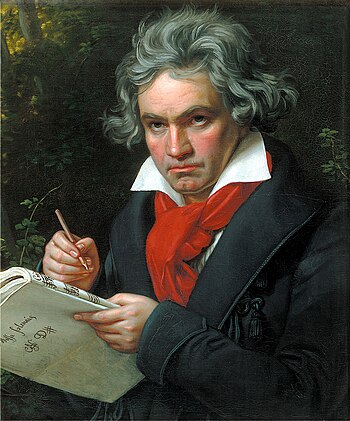 |
| Deux musettes du "Cantigas de Santa Maria" (Photo credit: Wikipedia) |
There are a number of good publications around containing appropriate music for such occasions; some of the material is original and some of it is specially arranged. It is from this range of material that the exam boards draw their list A & B syllabus too. There are a number of books of oboe music for beginners which I have found particularly useful over the years and which are to be found on both the Associated Board and Trinity Guildhall exam syllabi.
“The First Book of Oboe Solos” In my early days of teaching, this was far and away the best book of early oboe pieces available. The mixture of original and arranged music is very well presented and the majority is interesting to young oboists. A couple of fairly easy pieces opens the book but it soon moves on to more advanced material of Grade 2 to 3 standard.
“The Second Book of Oboe Solos” This is a sequel to the above book and, therefore, not really appropriate for absolute beginner oboists. It takes the approximate standard up to about Grade 5.
“The Really Easy Oboe Book” This collection of 20 progressive pieces was written to meet the demand when, about 20 years ago, the introduction of Grades 1 & 2 for woodwind instruments created a need for new appropriate repertoire. The pieces are all original and in a mixture of styles. The piano accompaniments are all easy to play for ‘non-specialist’ pianists. This book is widely used by both the AB and Trinity Guildhall boards.
“Learn as you play oboe” & “Abracadabra Oboe” Both these books are actually tutors but contain accompanied pieces used by the exam boards. In “Learn as you play oboe” there are 3 sets of pieces for which piano parts are available. In “Abracadabra Oboe” there is a book of piano accompaniments available for all the material in the book. For users of these tutors, the accompaniments are a very useful addition.
“Three Elizabethan Pieces” This set of three short pieces is a gem. The pieces are all perfect for young oboists and it is not surprising that they have found themselves on to the syllabi of both exam boards.
“Nine Short Pieces from Three Centuries” & “Oboe Music to Enjoy”These are both very good collections of pieces nicely arranged and both are used by the exam boards.
“All Jazzed Up for Oboe” For those who like a more contemporary slant to their repertoire, this is an excellent book. It adds a valuable source of lighter music to the repertoire of oboe music for beginners. The problem with jazzy pieces is that the rhythm patterns are often a bit tricky but with many young oboists facing jazzy repertoire in woodwind ensembles and wind bands these days, learning the idiom fairly early on in their oboe playing career is very important.
The above repertoire of oboe music for beginners is material which I have found particularly helpful myself. As I said earlier in the article, good, interesting, well-written music is motivating for young oboe players and gives them a great feeling of achievement. To be able to stand up in public or in an exam room and perform enjoyable music with confidence is probably the most inspiring situation for any young oboist; it makes them want to go home and practise for the next opportunity.
Article Directory: Article Dashboard |

















